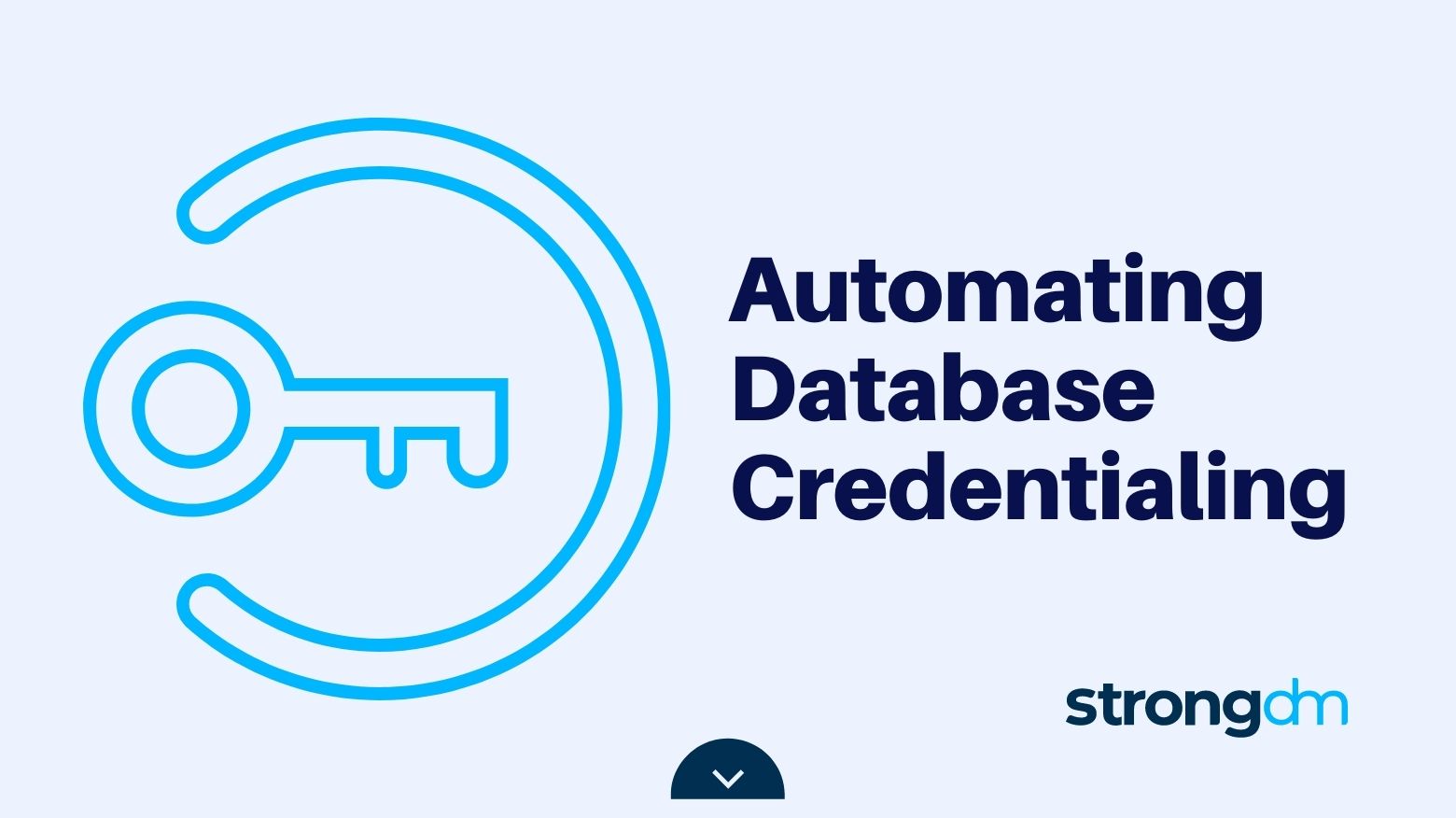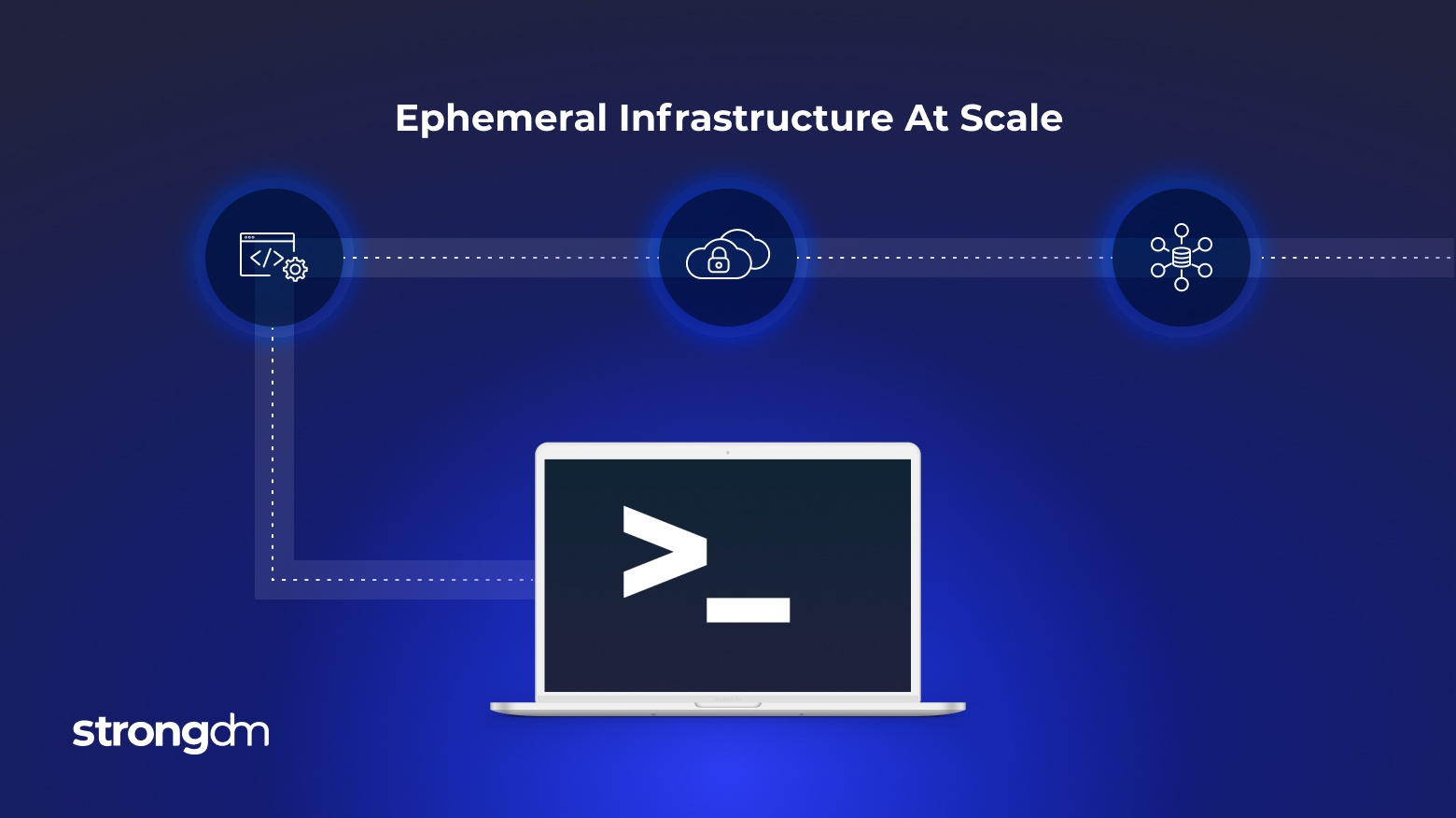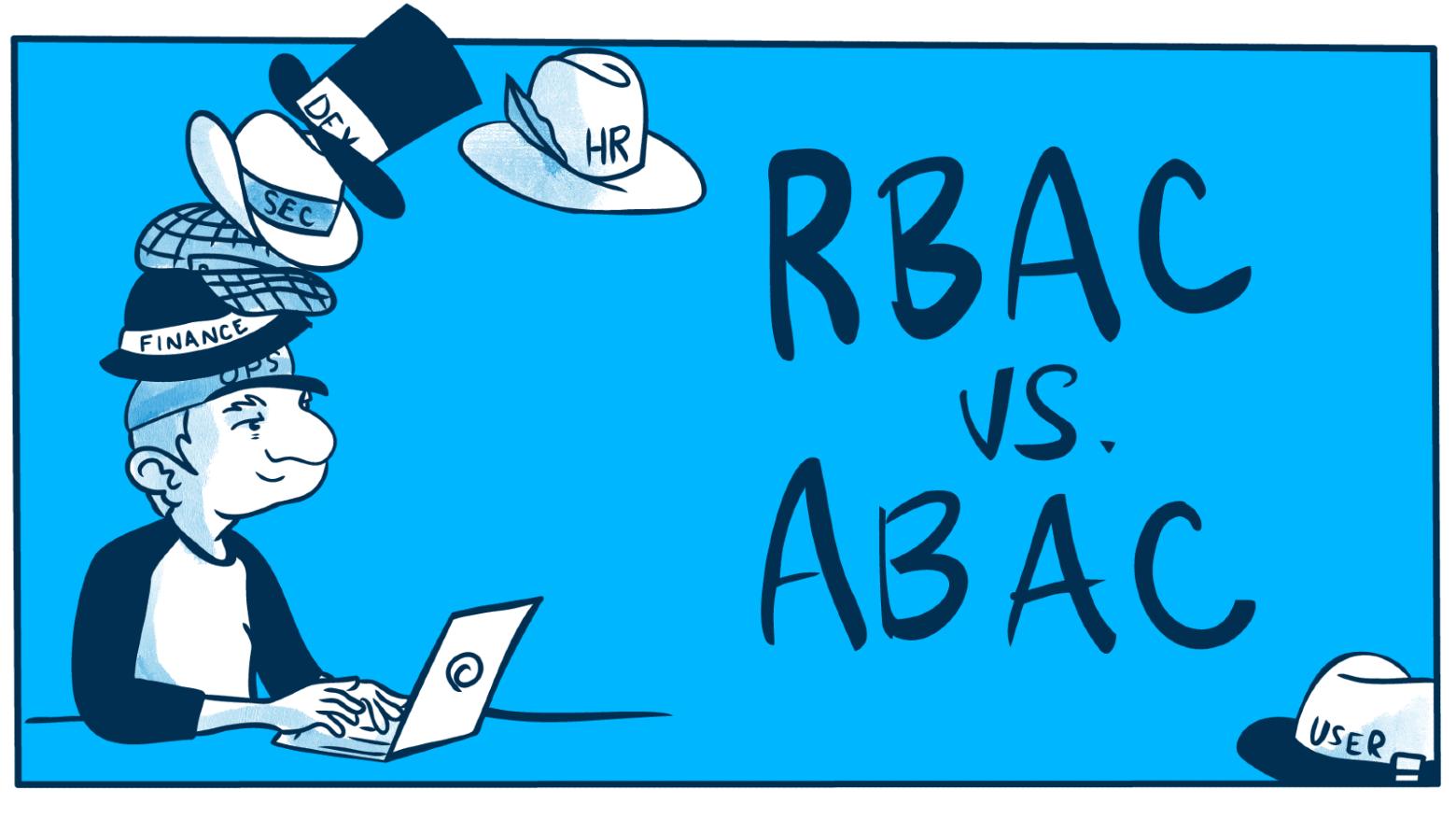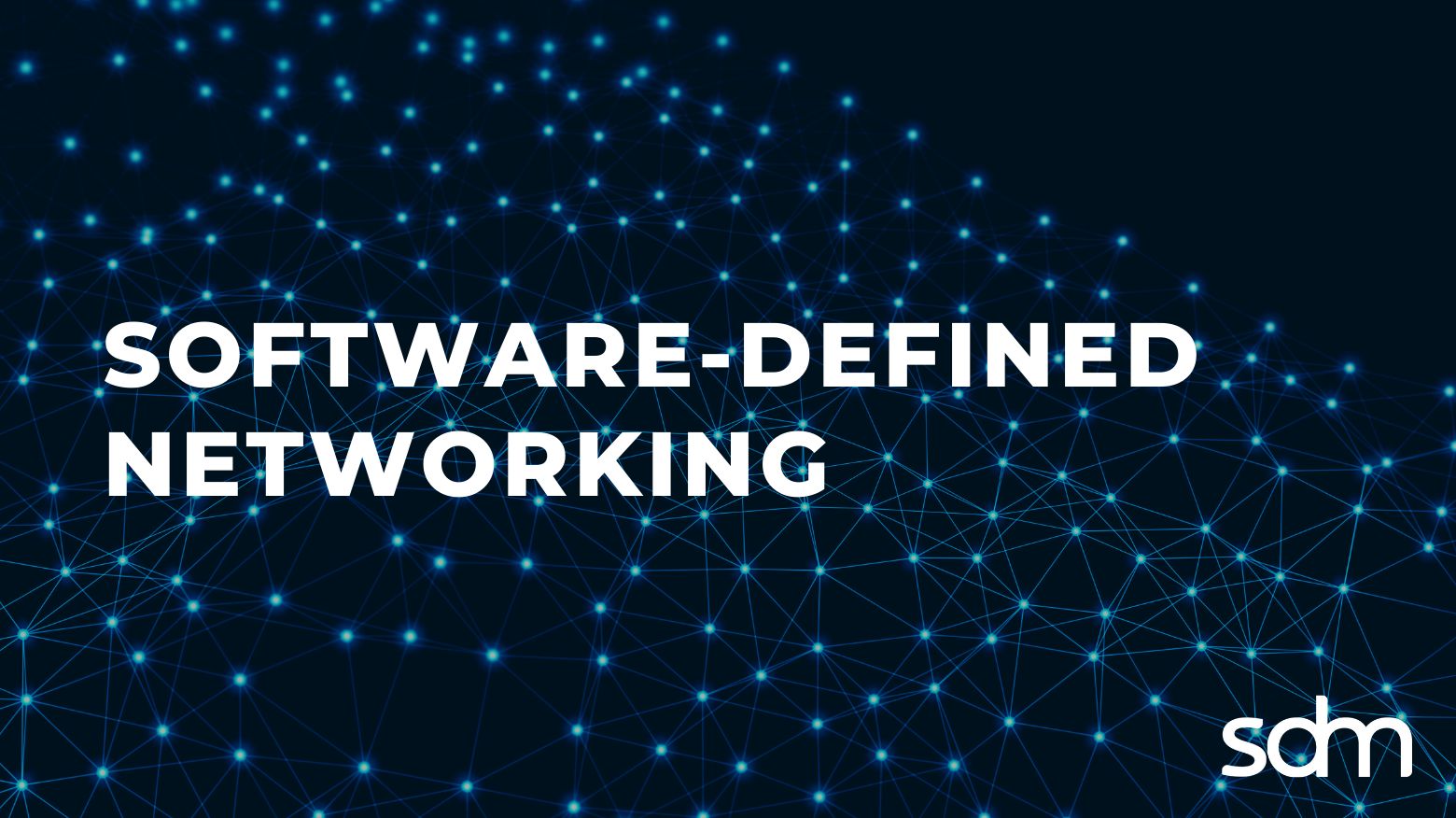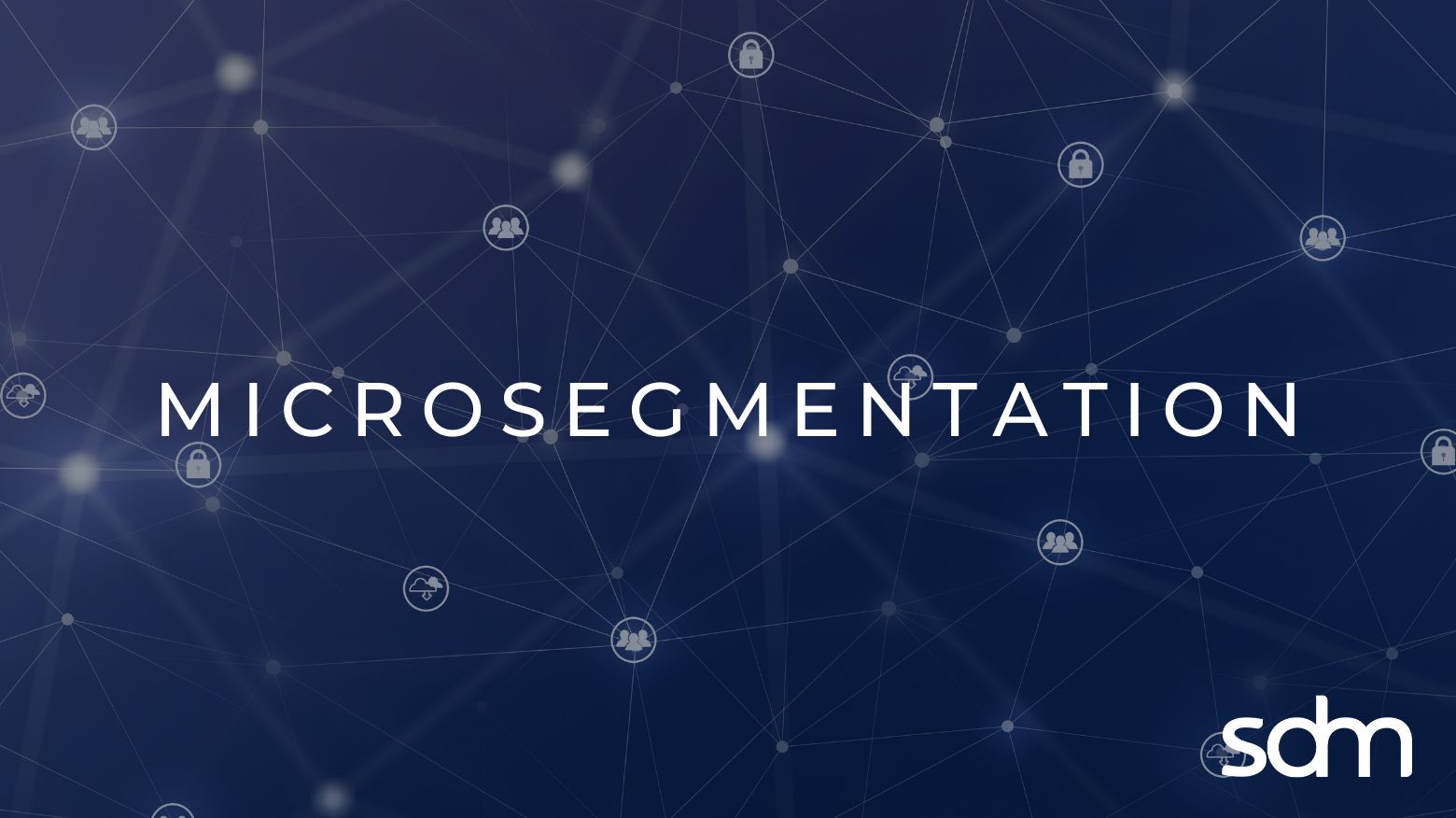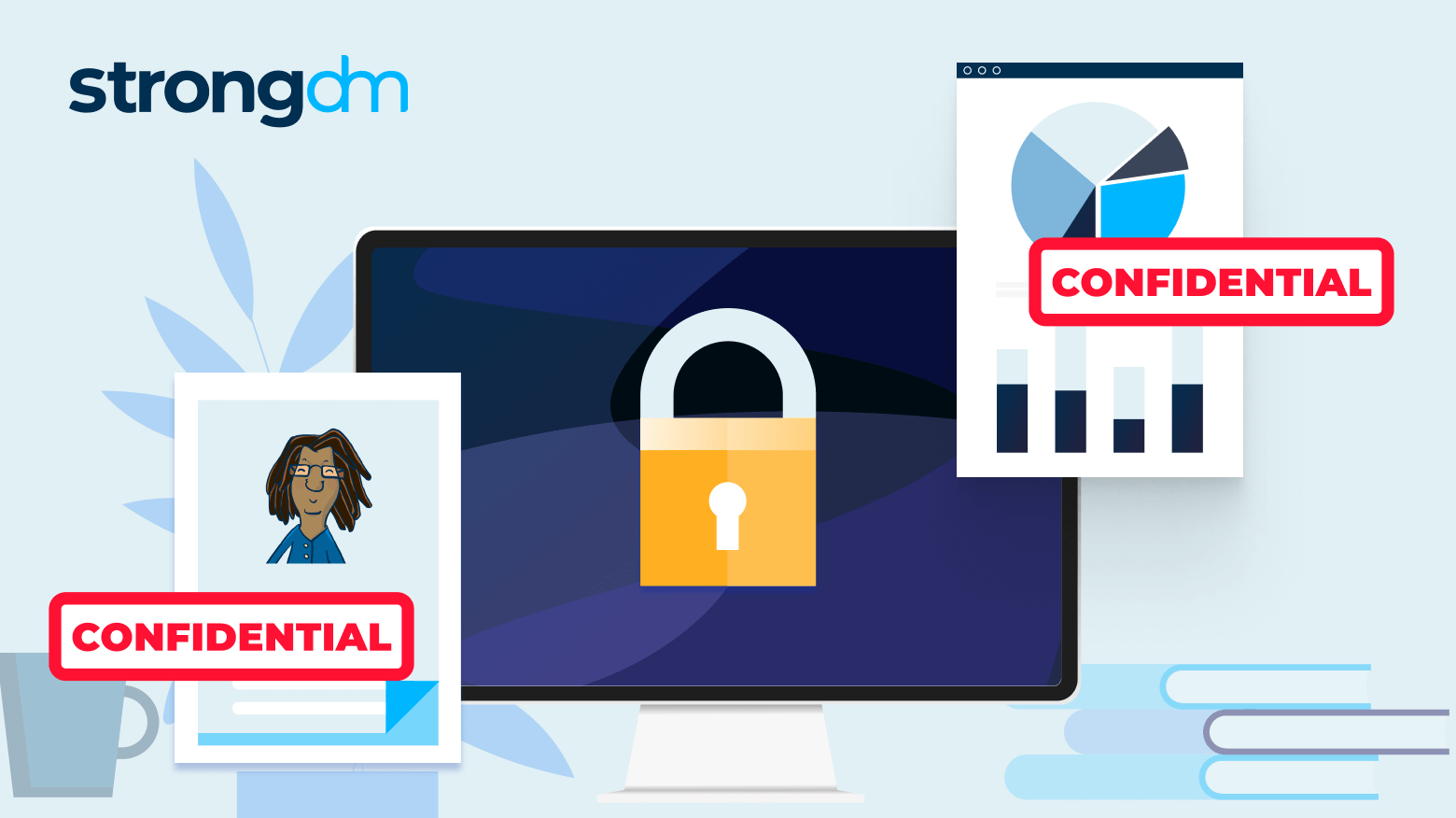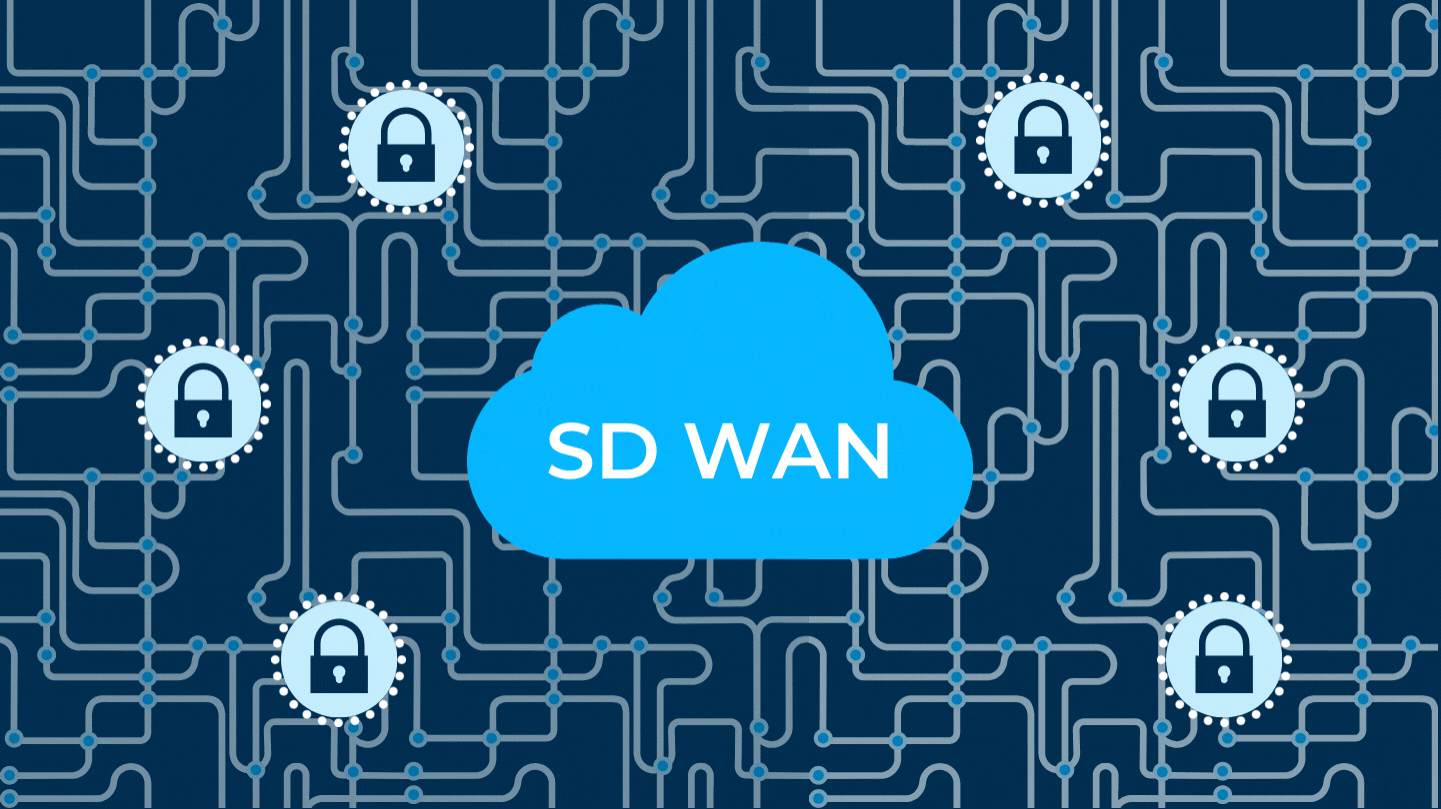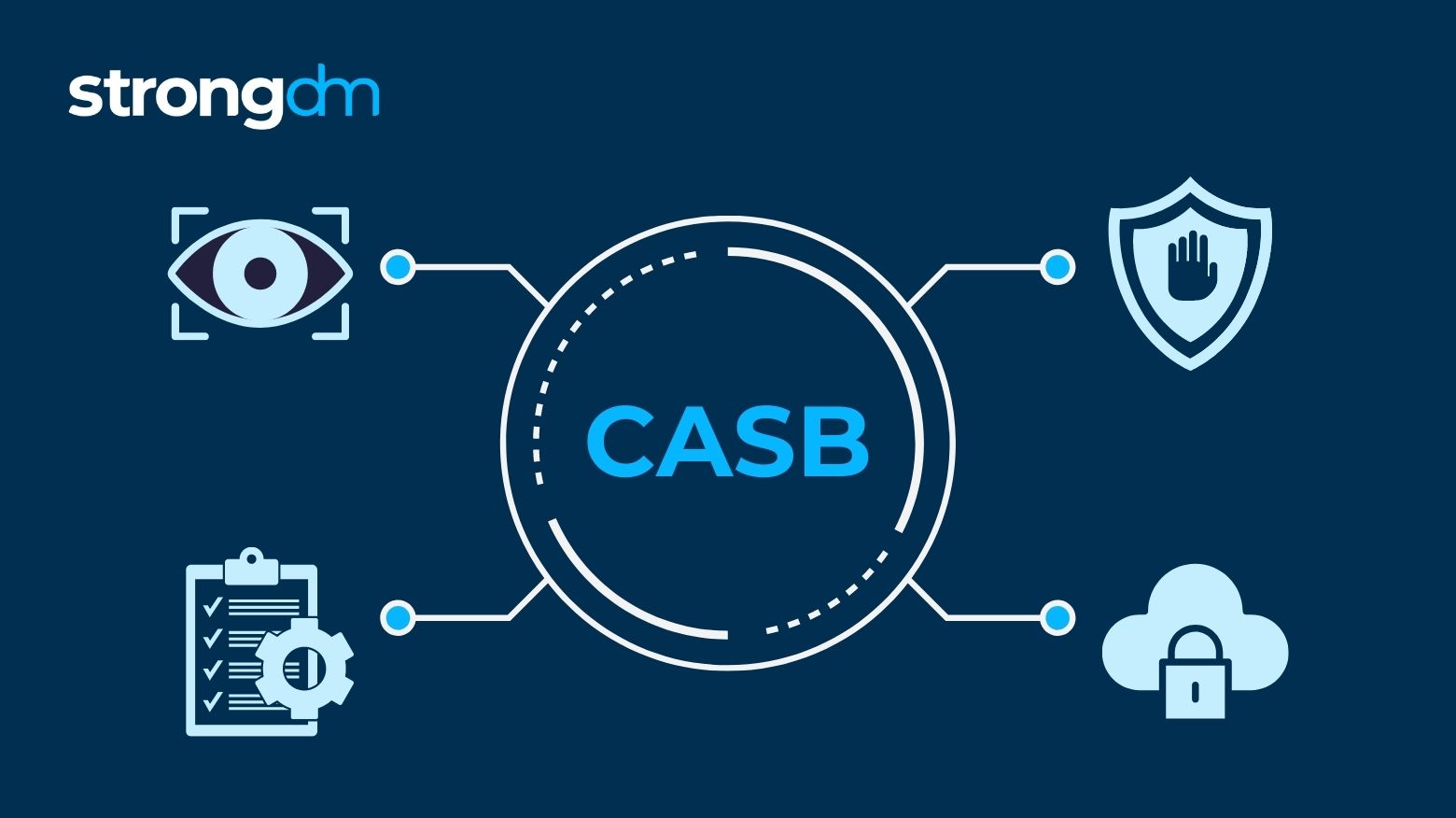The way companies look at infrastructure access is changing. With so many data sources and types of information, ever-changing regulatory requirements, and the need to scale up or down quickly, even the terms we use to describe infrastructure have changed.To help you keep up with it all, this glossary contains definitions for infrastructure access terms you’ll hear as you work to manage access for your organization.




